On September 15, 2017, NASA's Cassini spacecraft will intentionally plunge into Saturn, preventing a future, accidental collision with the potentially habitable moons Enceladus and Titan. Cassini has been at Saturn for 13 years. After it is gone, Juno, which is orbiting Jupiter, will be the lone spacecraft exploring any of the outer four planets.
Juno's mission currently ends in July 2021, unless the spacecraft remains healthy and receives a mission extension. The next scheduled outer planets mission is Europa Clipper, which will assess the habitability of Jupiter's enigmatic icy moon.
Clipper is scheduled to launch in 2022, but that's optimistic. NASA's powerful but yet-to-be-flown Space Launch System is the mission's current rocket. The first SLS flight was recently delayed to 2019, and a followup mission carrying astronauts to lunar space is tentatively scheduled for the same time Clipper launches. How efficiently NASA can manufacture two SLS vehicles at the same time remains to be seen, and complicating things further is the fact that engineers at Kennedy Space Center have to upgrade the rocket's ground systems to handle a new upper stage after the first flight.
This leaves the space community on the verge of a multi-year gap in outer planets exploration. The lights haven't gone out on Jupiter, Saturn, Uranus and Neptune in more than two decades, and you have to go all the way back to 1972 to find a substantial period when no spacecraft were even in transit.
What caused this? Can future gaps be avoided? And how does this affect the scientists and engineers whose careers are tied to the outer planets?
Editor's note: In this article, we're talking specifically about missions to Jupiter, Saturn, Uranus and Neptune. We haven't forgotten about New Horizons and the Voyagers!
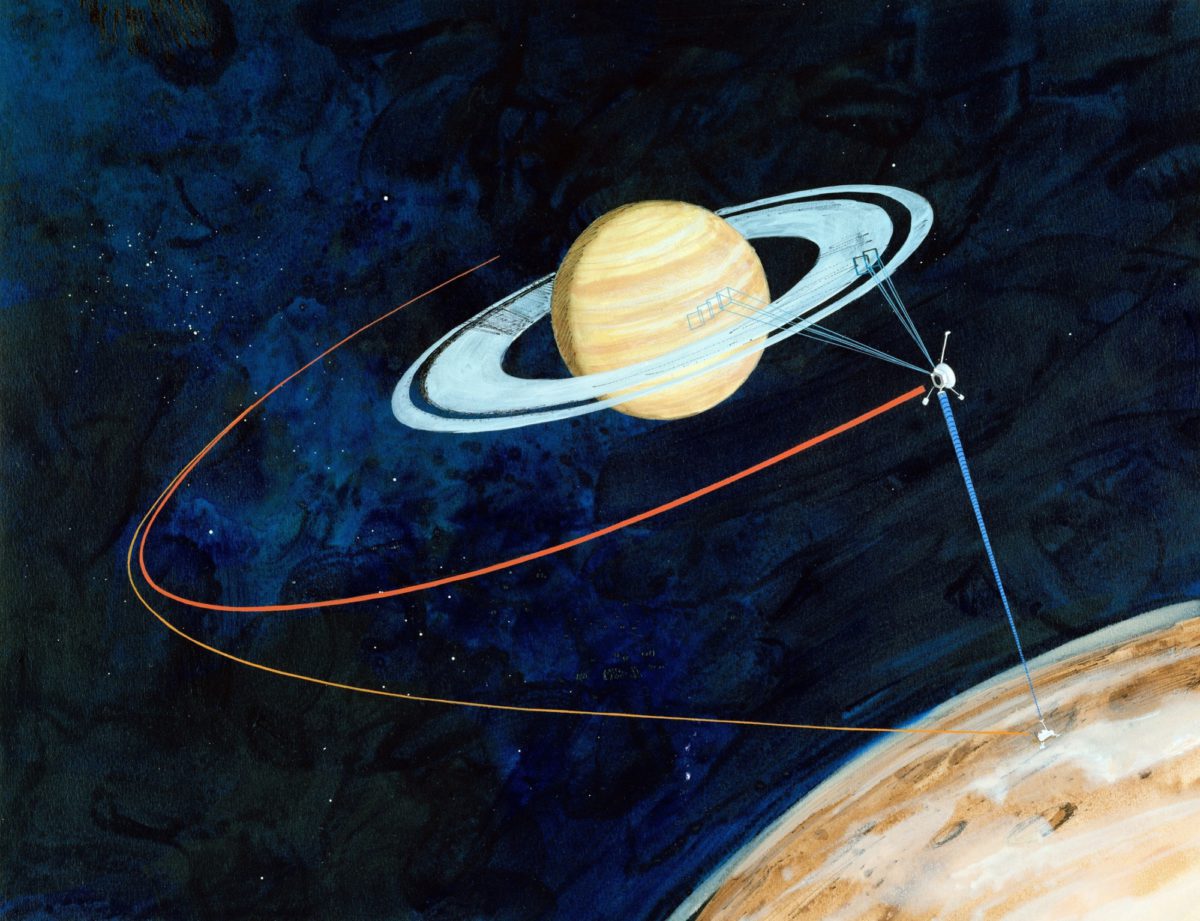
The gap
The last big gap in outer planets exploration began in 1989, after the Voyager 2 probe successfully flew past Neptune. It was six years before Galileo arrived at Jupiter in 1995.
But the wait was hardly uneventful. Galileo launched two months after Voyager's Neptune flyby, and flew past asteroids Gaspra and Ida in 1991 and 1993, respectively. In 1994 the spacecraft also provided once-in-a-lifetime observations of comet Shoemaker-Levy 9 slamming into Jupiter.
A lengthy pause between Juno's demise and the launch of Europa Clipper, then, will be truly unprecedented. There has not been more than a two-month period where no spacecraft were exploring or in transit to the outer planets since 1972, the year Pioneer 10 launched to Jupiter.
The cause
A lack of active missions today can be traced back to a dearth of prior development. Cassini was approved by Congress in 1989. After that, no new outer-planets missions were greenlit until Juno, in 2005.
"That was the real problem," said Van Kane, who writes extensively about future planetary science missions. "From Cassini to Juno, the gap in new starts was more than 15 years."
Cassini was originally part of a dual-spacecraft mission called CRAF-Cassini. CRAF, a comet rendezvous and flyby expedition, was canceled, while Cassini, an expensive and complex mission involving the United States, 16 European countries and 5,000 engineers and scientists, survived.
In 1994, NASA administrator Daniel Goldin threatened to cancel the mission, dubbing it a "Battlestar Galactica." This prompted a backlash from NASA's international partners, prompting Jean-Marie Luton, then director of the European Space Agency, to write a stinging letter to U.S. officials, including Vice President Al Gore.
"Europe … views any prospect of a unilateral withdrawal from the cooperation on the part of the United States as totally unacceptable," Luton wrote. "Such an action would call into question the reliability of the U.S. as a partner in any future major scientific and technological cooperation." The letter may have saved the mission, according to a later retrospective in The Planetary Report.
Cassini launched in 1997. Six years later, NASA prepared to start work on another outer planets mission, this time to Europa. The 2003 Decadal Survey, which laid out the agency's science goals from 2003 to 2012, rated a Europa mission as its highest priority. Had the mission flown around 2007, NASA would have maintained an average 10-year cadence of launches to the outer planets.
But the Europa spacecraft, originally planned to orbit Europa rather than Jupiter, would have been continuously exposed to Jupiter's harsh radiation. That concerned officials at NASA headquarters, ultimately dooming the mission's chances to get off the ground.
"There was the perception that any spacecraft in orbit around Europa just wouldn't last very long," said Louise Prockter, the director of the Lunar and Planetary Institute in Houston, Texas, during a recent phone interview. "And there wasn't a lot of stomach for spending a large amount of money on a mission that wouldn't last very long."
Additionally, because Europa's subsurface ocean could harbor life, the spacecraft would have to be sterilized at extreme temperatures, requiring its hardware to be extra robust—and thus, extra expensive.
At the time, NASA's planetary science division had a healthy budget. But after having invested in two expensive outer planets missions, Galileo and Cassini, the agency was turning its attention closer to home. The Mars Exploration program had just hit its stride, launching Mars Odyssey in 2001, the Spirit and Opportunity rovers in 2003, and the Mars Reconnaissance Orbiter in 2005. (As of 2017, this trend has stalled; the Mars program is now in danger of becoming stagnant.)
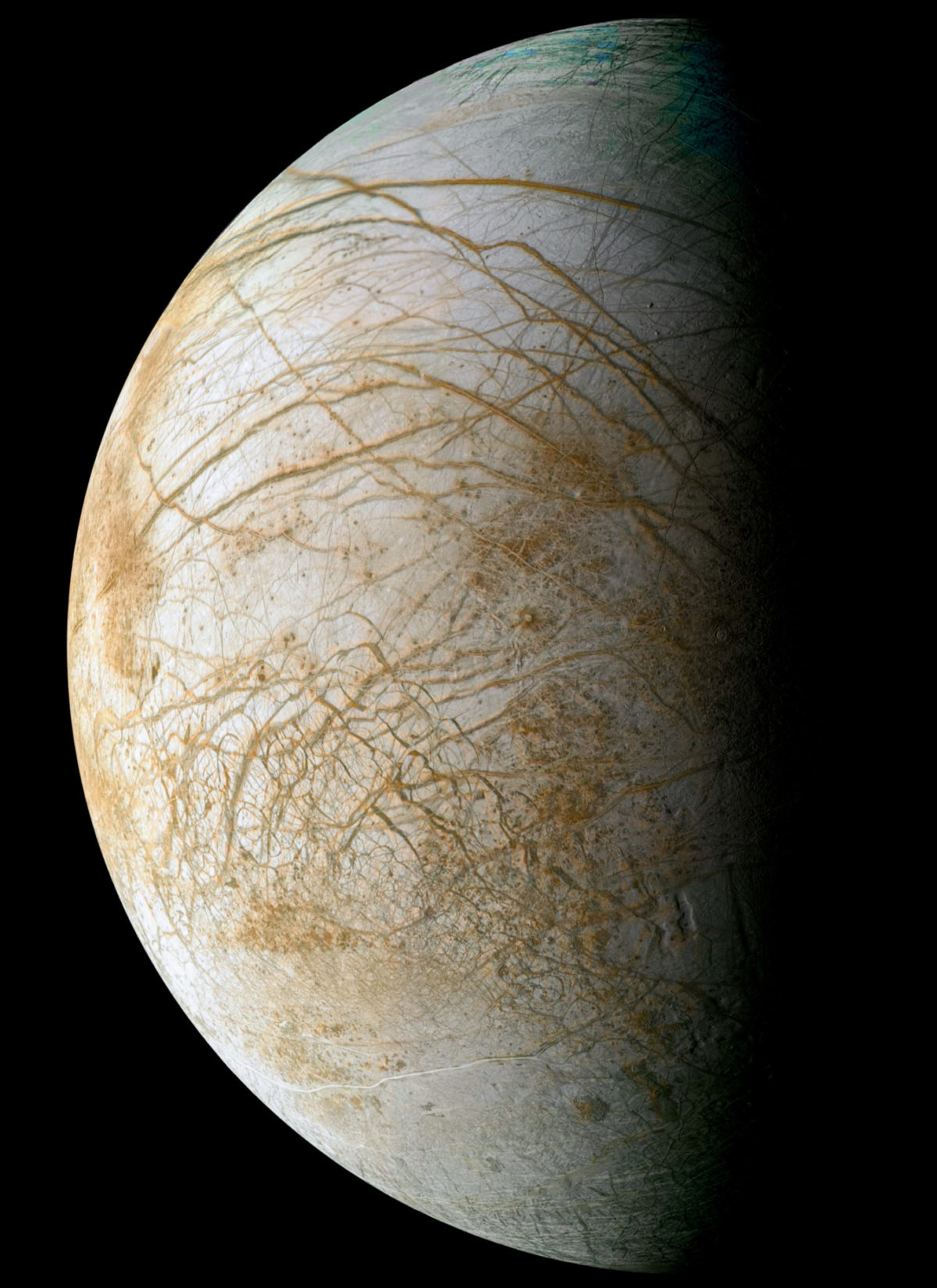
Rethinking Europa
Originally, the gap between large-scale outer planets missions, known as flagships, was about a decade. Twelve years passed between the launch of the Voyagers and Galileo, and eight years went by between Galileo and Cassini. Had NASA been able to keep up that cadence, a new mission should have flown around 2007, which roughly aligns with the 2003 Decadal Survey's recommendation of a comprehensive mission for Europa. Instead, Juno, a mid-price mission from NASA's New Frontiers program meant to answer specific questions about Jupiter's interior, launched in 2011.
The next decadal survey, which took effect in 2013, once again prioritized a Europa mission—this time just behind a Mars sample return. Prockter said the sample return was given a higher rating for pragmatic reasons: it could be split into multiple, less-expensive chunks.
The Europa mission finally became a reality in 2015, but only after scientists and engineers extensively modeled Jupiter's radiation fields based on data from Galileo, as well as flybys from probes like Voyager and Cassini.
"We went back to the drawing board, and we said okay, what if we don't actually go into orbit around Europa, but instead we do what Galileo did, which is we stay in orbit around Jupiter, but we just encounter Europa every now and then?" said Prockter. "We found that we could get almost as good science doing that, but we didn't need as much (radiation) shielding, we could live a lot longer, we didn't need as much mass, and we could do that for considerably lower cost. And so that's what we did."
The outer planets workforce
The end of a space mission can cause an exodus of talent, as the associated workforce scrambles to find other sources of employment.
Prockter was a graduate student during the Galileo mission. Her Ph.D. thesis was on Europa and Ganymede. After Galileo ended, one of her colleagues went to work for aerospace giant Lockheed Martin, while another moved to the oil and gas industry.
Prockter joined the Johns Hopkins Applied Physics Lab in Baltimore, Maryland. First, she worked on the NEAR mission, which sent a spacecraft to the asteroid Eros, and then, she transitioned to the MESSENGER Mercury mission. Though she enjoyed the work, neither mission had anything to do with her interest in icy satellites, she said.
Over the years, she maintained a small foothold in Europa geology through occasional grants, and estimates that at one point, less than 10 people were active in the field. By the time Europa Clipper arrives at Jupiter—2025 at the very earliest—she will have been waiting for new Europa data for more than two decades.
"That's assuming I don't have a heart attack and drop dead or something," she said. "And if that mission is delayed by any reason, who knows, I'll be thinking about retirement by the time we get there."
Like Galileo, the end of the long-lived Cassini mission will also have an acute impact on early career scientists.
Morgan Rehnberg was a Ph.D. student at the University of Colorado studying Saturn's rings using Cassini data. He completed his Ph.D. in May, and promptly left academia for public outreach. He's now the director of scientific presentation at the Fort Worth Museum of Science and History.
Rehnberg has always been a passionate science communicator, and told me that drove his decision to leave academia more than anything else. Nevertheless, his choice wasn't just between public outreach and more ring science, it was between public outreach and an entirely different field.
"Cassini is basically the only game in town when it comes to studying planetary rings up close," he said.
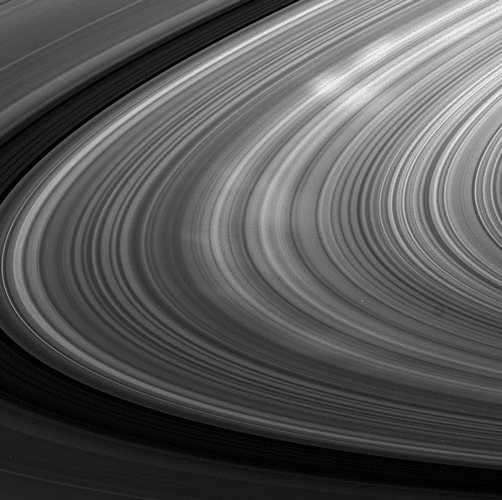
Emily Joseph is a research specialist at the University of Arizona Lunar and Planetary Laboratory who works on operations for Cassini's VIMS instrument, the Visual and Infrared Mapping Spectrometer. There are five VIMS operations team members. One is retiring, and another is getting close to retirement.
"Because Cassini is such a long mission, there are a lot of people on it that this has been their career," said Joseph. "The rest of us have to keep making a living."
One of her colleagues is switching to OSIRIS-REx, a University of Arizona-led mission. Officially, VIMS operations are funded for several more months to cover data archiving and closeout, by which point Joseph will have to decide what to do next.
The key to switching space projects, Rehnberg told me, is figuring out which skills a person has that are applicable elsewhere. Rehnberg's research measured how much stars dimmed as they passed behind Saturn's rings. The more the rings blotted the starlight, the denser they were in a given spot. Scientists use similar techniques to study exoplanets, solar accretion disks, and black holes.
But whereas Rehnberg was using an ultraviolet imaging spectrometer, a related field might might use an entirely different technology, like a radio telescope. Thus, the narrower the area of expertise, the more difficult it could be to switch fields.
"In the rings community, there are people who spent basically their careers just trying to figure out how we measure distances in the rings, or how we estimate the size of particles in the rings," he said. "To build up that level of expertise on another subject is going to be an investment that is measured in years, not in weeks or months."
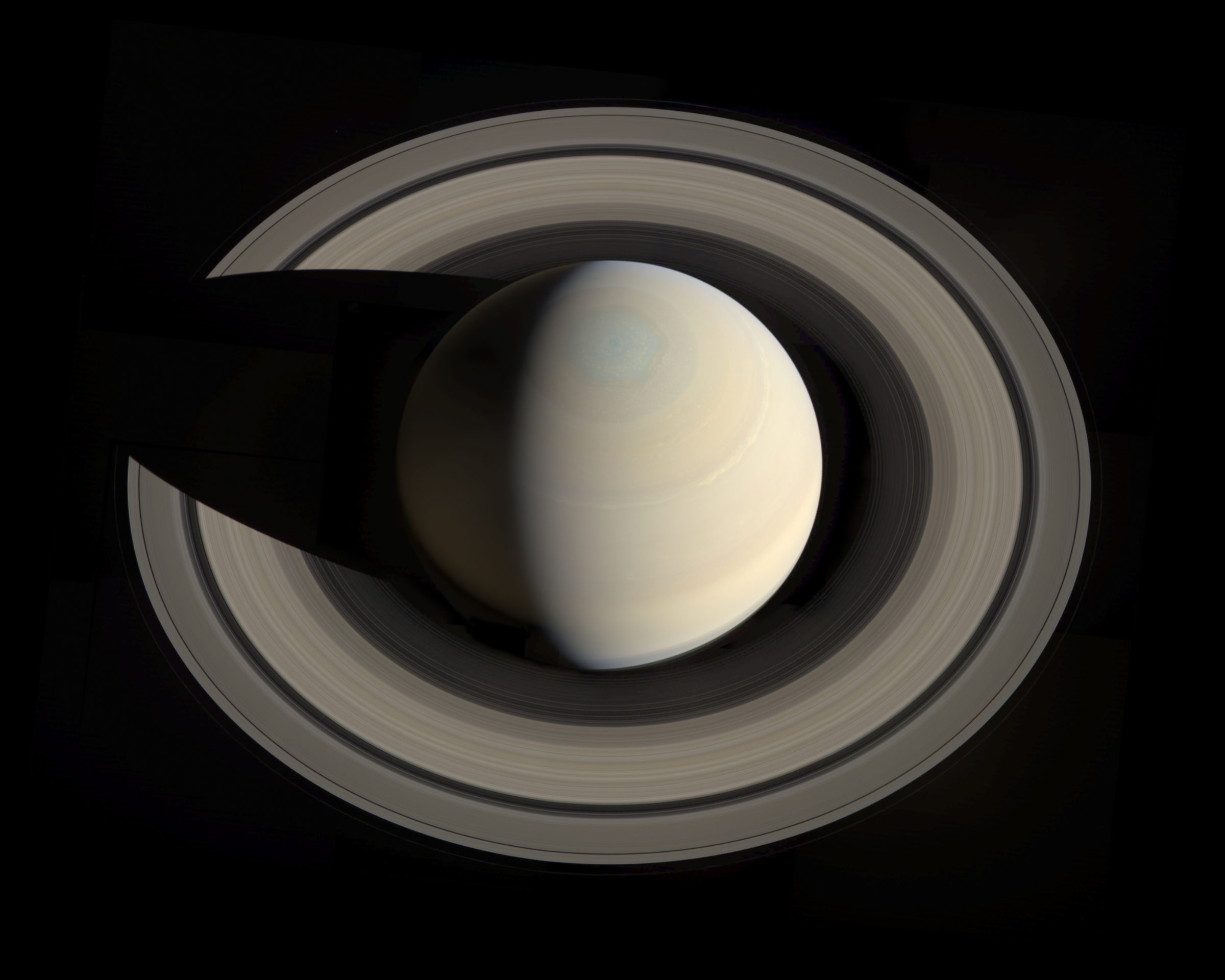
Silver linings for chilly destinations?
Originally, the coming gap in outer planets exploration was expected to last at least seven years. But last year, Juno's main engine developed a problem that prevented the spacecraft from going into its planned 2-week orbit. The mission will now take much longer than expected to produce its science results, but the silver lining is that the gap between missions will be three years shorter.
Europa Clipper will likely still be active at Jupiter when Europe's JUICE, the JUpiter Icy Moons Explorer, arrives to explore Ganymede, Callisto and Europa. A possible NASA Europa lander mission is also in the works, while another small probe named Lucy will explore Jupiter's Trojan asteroids starting in 2027. When combined with Juno data, these missions should give the planetary science community an embarrassment of riches from Jupiter and its icy satellites.
The 2013 Decadal Survey lists a Uranus or Neptune orbiter and atmospheric probe as the third priority for NASA's flagship missions, behind a Mars sample return and Europa Clipper. The next plausible Uranus and Neptune launch windows occur in the 2030s, meaning we might not see an ice giant up close again until the late 30s or early 40s.
Missions to both Uranus and Neptune in the 2040s would actually be ideal, since the planets reach equinox in 2046 and 2050, respectively. This would allow the orbiters to observe all latitudes of both planets and their moons, as Cassini did through equinox at Saturn.
Does a mission to Uranus or Neptune have to be a flagship? Or could NASA get by with a cheaper, New Frontiers mission?
Outer planets missions shoulder higher overhead costs. Teams have to stay active for lengthy transit times, and depending on the destination, missions may have specialized needs, like nuclear power, extra radiation shielding, and sterilization to keep Earth microbes from contaminating potentially habitable worlds. When considering the prospect of a once-in-a-lifetime mission to a world like Uranus, most scientists push for adding as many science instruments as possible.
"The analogy that I've used before is if I'm going to go to Australia for a vacation, I'm not going to go for a weekend," Prockter said. "I'm going to go for three weeks, and I'm going to really make it count."
During its 13 years at Saturn, Cassini has certainly made it count. Its suite of 12 instruments, combined with the Huygens probe's six instruments to study Titan, have revolutionized scientists' understanding of our solar system.
"We didn't know that Enceladus had ice geysers," said Rehnberg. "We didn't know that Titan had lakes. We didn't know that the rings had objects embedded within them. All of these fundamental discoveries Cassini made were, at best, hinted at before we got there."
Because of Cassini's thorough work, the Saturn system is now a more attractive destination for a specialized New Frontiers mission. NASA is currently evaluating New Frontiers proposals for a Saturn atmospheric probe and missions to Enceladus and Titan. Those proposals, however, could face stiff competition from other long-neglected worlds like Venus.
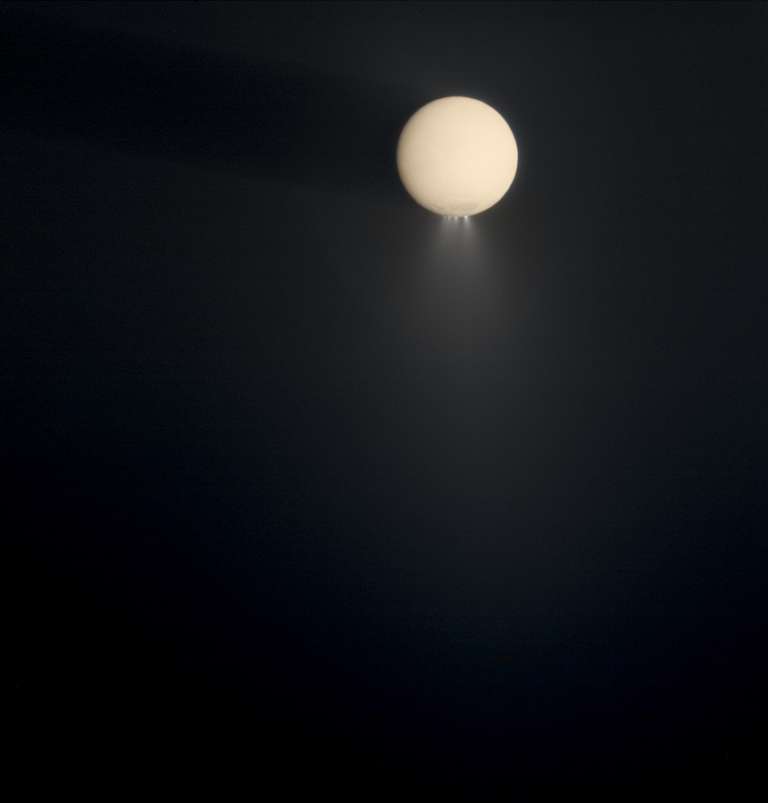
Continuing the program
In the inaugural issue of The Planetary Report, Society co-founder Bruce Murray was concerned that after the Voyager encounters at Saturn in 1980 and 1981, no U.S. spacecraft would return images from another world for more than four years, until Voyager 2 passed Uranus in 1985. At the time, the situation was quite dire: The future of NASA's entire planetary exploration program was in question.
That's hardly the case today, yet the agency remains fundamentally limited by the fact that there are many worlds to explore, with only so much money to go around. "It's just the nature of the business," Prockter said.
Nevertheless, the end of the Cassini mission will provide a sobering reminder that, as Murray put it 36 years ago, "We must reckon the cost of continuing the program against the cost of slowing or abandoning it. I have no doubt as to the outcome of that calculation."
The Time is Now.
As a Planetary Defender, you’re part of our mission to decrease the risk of Earth being hit by an asteroid or comet.
Donate Today

 Explore Worlds
Explore Worlds Find Life
Find Life Defend Earth
Defend Earth

